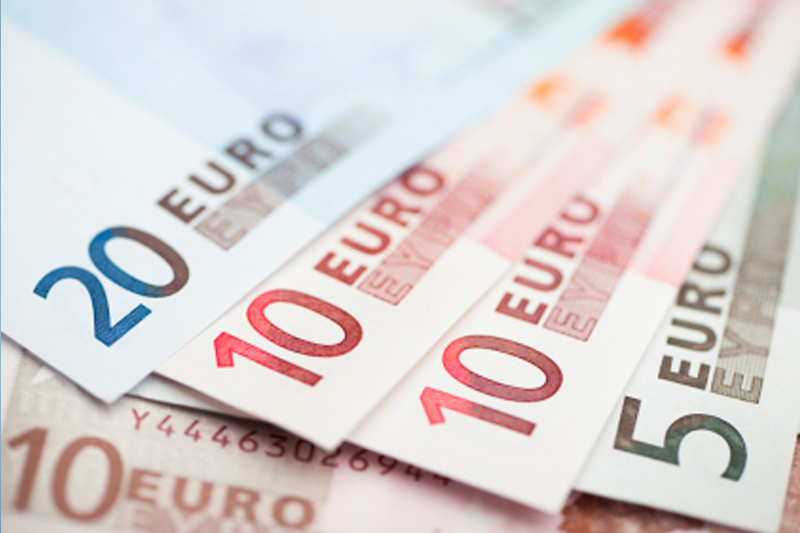Investing.com - The euro attempted to rally from its worst week in 19 months, as the U.S. dollar fell amid trade concerns.
The U.S. dollar index, which measures the greenback’s strength against a basket of six major currencies, was down 0.19% to 94.75 as of 5:53 AM ET (9:53 GMT).
U.S. President Donald Trump announced he would impose tariffs on $50 billion of Chinese goods, which will be revealed on Friday. It is unclear what goods will be impacted and when the tariffs will go into effect.
The two largest economies in the world have been in a tit-for-tat over global trade tariffs in recent months as the two struggle to reconcile their trade differences.
The euro was higher but still remained under pressure after the European Central Bank indicated on Thursday that it would hold interest rates steady until at least the summer of 2019. The ECB also announced it would end its bond purchasing program in December.
EUR/USD rose 0.32% to 1.1605 after the final reading of the Euro Zone inflation data came in as expected. Still, it was on track for its worst week in 19 months.
The dollar was lower against the safe-haven yen, with USD/JPY decreasing 0.36% to 109.30. In times of uncertainty, investors tend to invest in the Japanese yen, which is considered a safe asset during periods of risk aversion.
The yen was also held back after the Bank of Japan decided to keep interest rates unchanged, even as the Federal Reserve increased interest rates on Wednesday.
The pound was higher, with GBP/USD rising 0.11% to 1.3276.
Elsewhere, the Australian dollar was lower, with AUD/USD down 0.11% at 0.7469, while NZD/USD slumped 0.39% to 0.6950. The loonie fell, with USD/CAD up 0.31% to 1.3142.
